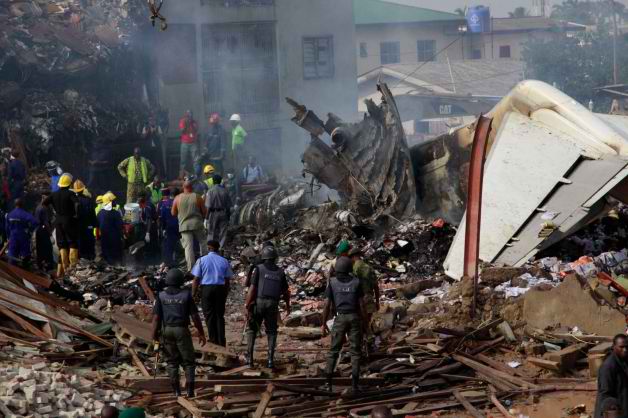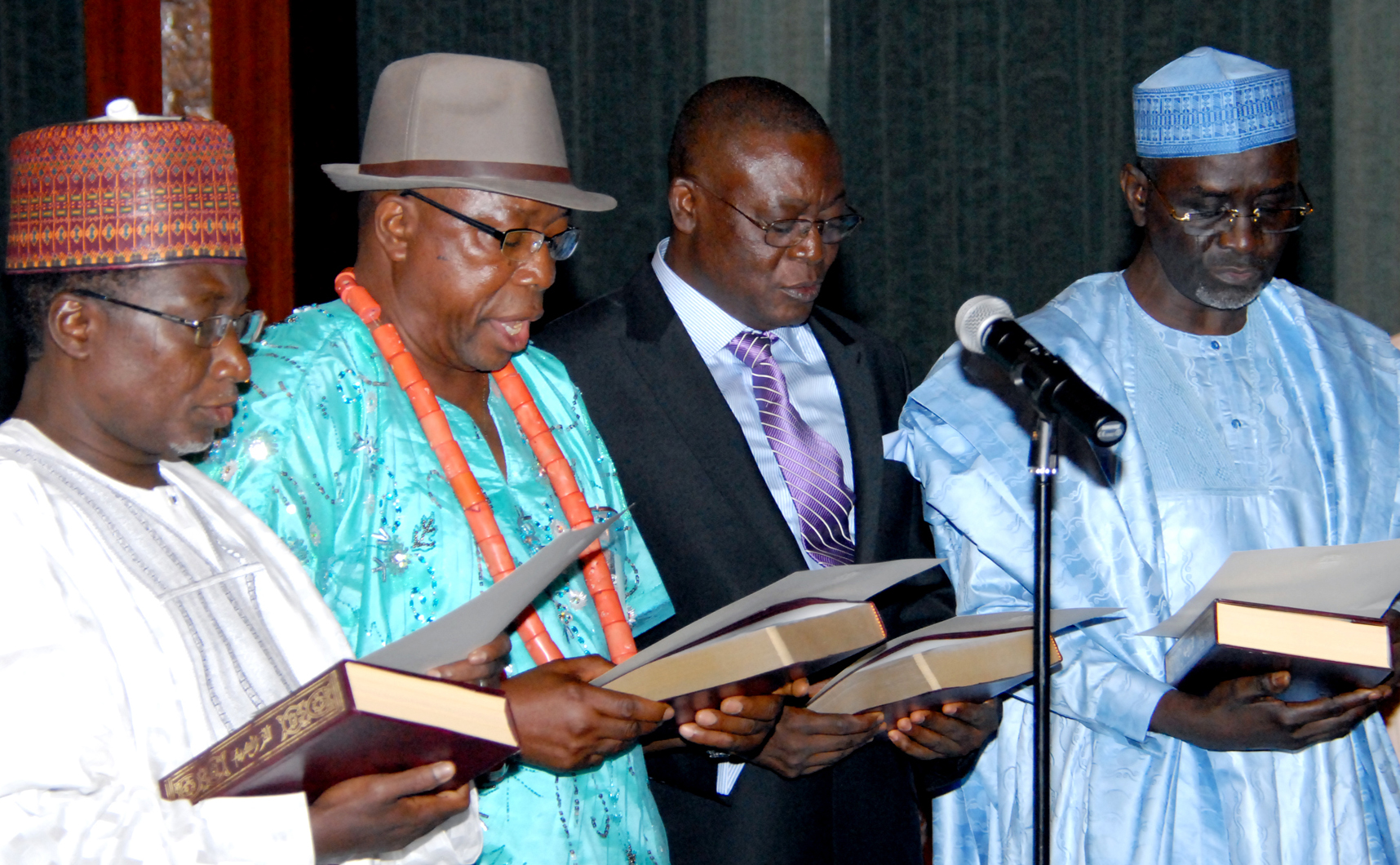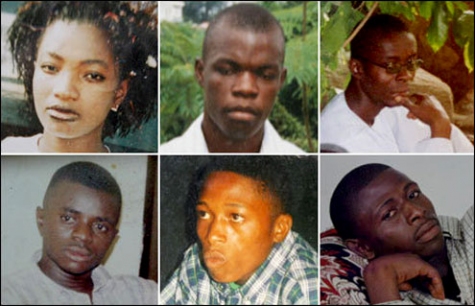The inquest into the Dana airplane crash of 2012 was officially closed on Tuesday — exactly two years after the tragedy — without any real hint on the causes of the crash.
Addressing the media in Lagos, Magistrate Oyetade Komolafe, the presiding coroner, said the panel could not pinpoint the factors responsible for the crash because the Accident Investigation Bureau (AIB) did not conclude its own investigations or release its report on it.
However, Professor John Obafunwa — a pathologist and the vice Chancellor of Lagos State University who conducted a post-mortem on the corpses — said the deaths were caused by different damages, such as suspected carbon monoxide poison, asphyxia, multi-skeletal and bone injury, severe cerebral injury, severe burn, multiple injury, airplane crash on fire, blunt force trauma, hypertensive heart disease and bilateral massive asphyxia.
Fafunwa was one of a total of 17 witnesses invited to give their accounts of the crash.
Advertisement
Also invited were representatives of the Dana Airline and other governmental agencies, particularly the National Emergency Management Agency (NEMA), Lagos State Traffic Management Authority (LASTMA), Lagos State Emergency Management Agency (LASEMA), and the Lagos State Fire Service.
Human rights lawyer, Femi Falana, had prompted the composition of the coroner when he petitioned the state chief coroner to launch an inquest to unravel the causes of the air crash, as well as other contentious matters.
This he did pursuant to Section 15 of the Lagos State Coroner’s Law 2007, which compels an inquest whenever a coroner is informed that the death of a person within his district was in a violent, unnatural or suspicious situation.
Advertisement
Falana had accused Dana Airline of complicity in the deaths, saying the aircraft was problematic, yet it was granted permission to fly.
He also said that the events leading to the crash were poorly managed, specifically because the pilot of the aircraft reportedly made a distress call several minutes before the crash, but it was ignored by the airport authorities.
He described the management of the disaster as “crude”, as members of the public had to use bare hands in the rescue operations.
Notwithstanding the lack of a pronouncement on the cause of the crash, Komolafe made nine recommendations to authorities, as a guide for the ideal response to future air disasters.
Advertisement
These recommendations include the establishment of national body for logistics and supply for the body handlers and retrievals, which should meet at intervals; the establishment of forensic science laboratories should be established in each of the six geopolitical zones of the country; the enactment of a national coroner system; and the provision of fire services in each local government of the federation.
He also recommended the provision of equipment for all emergency agencies, as well as the establishment of inter-linked radio unit service in all emergency units.
In the afternoon of Sunday June 3, 2014, Dana Airline’s McDonnell Douglas MD-83 crashed into Iju-Ishaga, Agege, in Lagos, killing all 147 passengers and six crew members aboard, as well as 10 men on the ground.
Information subsequently surfaced that three days earlier, the plane was to embark on flights at 8:00am and 4:00pm, but it remained grounded by faults that proved irreparable for the day, prompting passengers to demand the return of their fares.
Advertisement
The jet was also discovered to be part of a fleet purchased in 2008 from Alaskan Airlines, which was seeking to upgrade its existing convoy by dispensing of less-efficient aircrafts.
Alaska’s sale of its MD-83 airlines was also traced to unpalatable incidents with some of them, one in fact resulting in a crash on January 31, 2000, when Alaskan Airlines 261 crashed into the Pacific Ocean, killing all 88 persons aboard: 83 passengers, two pilots and three cabin crewmembers.
Advertisement
Add a comment







